Indoor plants are a great way to add some greenery and freshness to your home. Besides adding beauty and color to your space, these plants can also improve your health and well-being. It is shown that indoor plants can reduce stress, anxiety, and depression, as well as enhance your concentration, memory, and creativity. Indoor plants can also filter out harmful toxins and pollutants from the air.
However, not all plants can survive in low-light conditions, especially if you live in an apartment or a basement. If you want to grow some indoor plants that thrive in low light, here’s a collection for you.
#1. Corn Plant
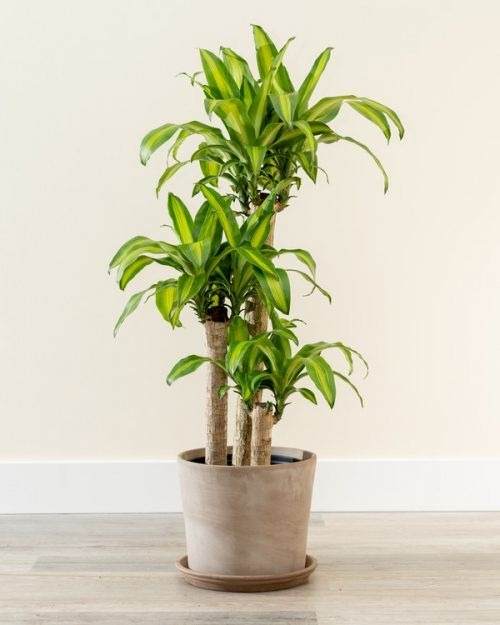
Indoor corn plants have thick woody stems and glossy green leaves with yellow stripes. They can grow up to 6 feet tall in containers, and they sometimes produce fragrant flowers if the conditions are right.
#2. Dragon Tree
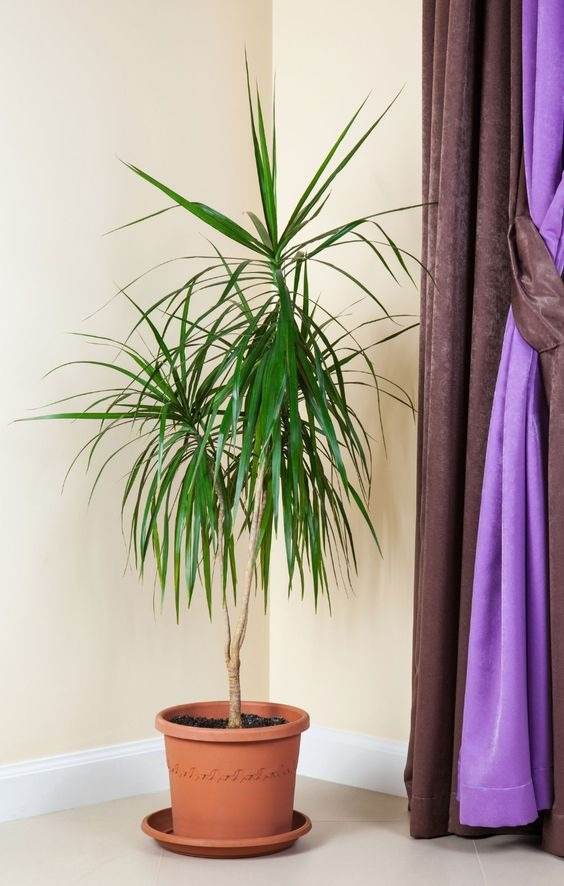
Dragon trees can tolerate from dim to bright light. They are drought-tolerant plants, so it’s better to underwater than overwater them.
#3. False Aralia
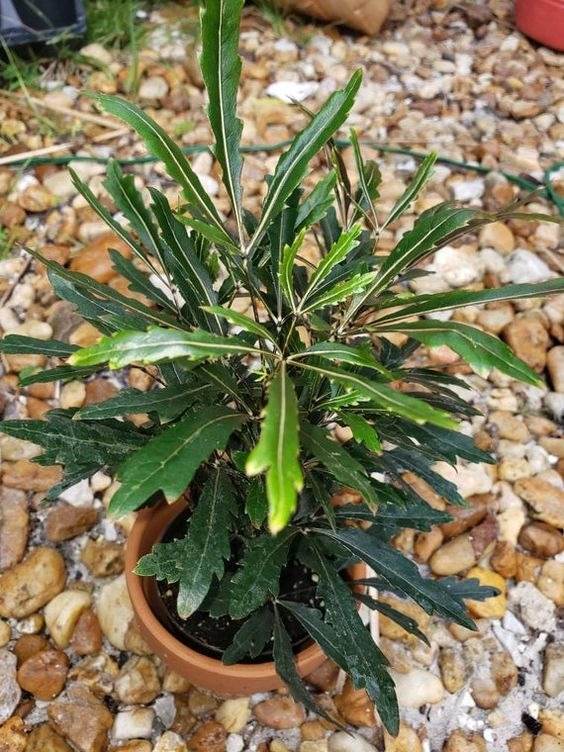
They start off in copper or burgundy color and gradually turn into a lush green shade as they grow older, particularly when placed in a well-lit area with indirect sunlight or a bit of direct morning sun.
#4. Ficus Willow Leaf
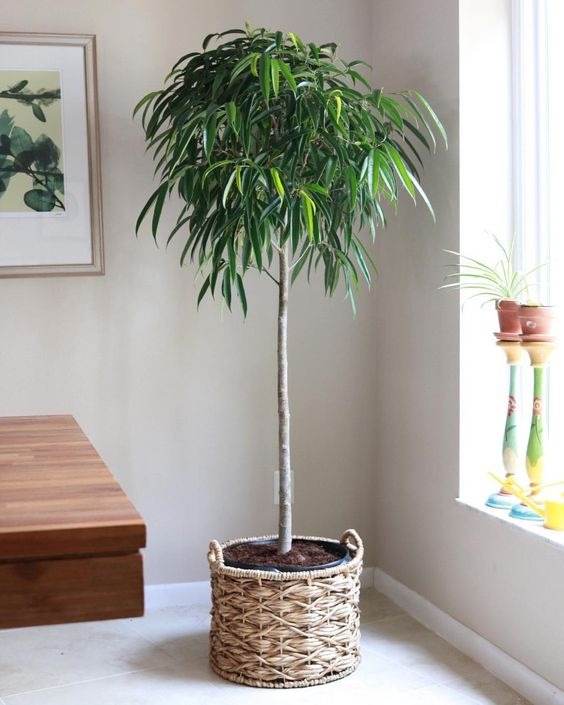
Indoor Ficus Willow Leaf is a beautiful plant that can be grown as a bonsai or a tree. It prefers bright but indirect light and moderate water.
#5. Money Tree
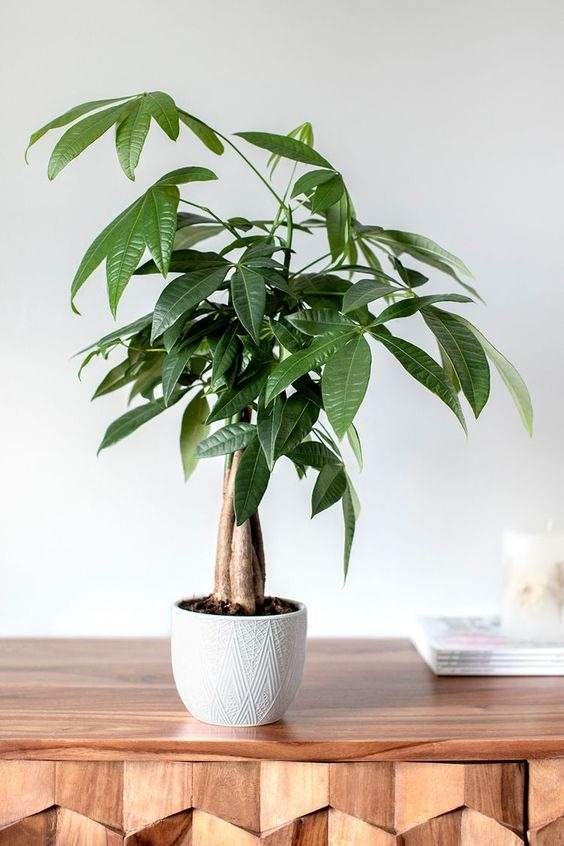
Money tree plants are popular houseplants that are said to bring good luck and prosperity to their owners. This tropical plant can withstand any level of sunlight, ranging from full sun to partial shade.
#6. Norfolk Island Pine
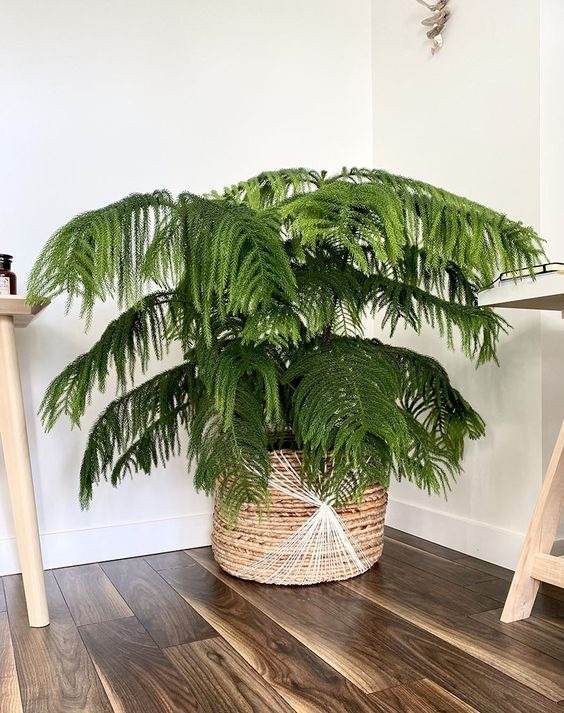
Norfolk island pine likes to be in full sun or bright, indirect light, but it can still thrive in low-light conditions. When watering, keep it moderately moist but not soggy.
#7. Ponytail Palm
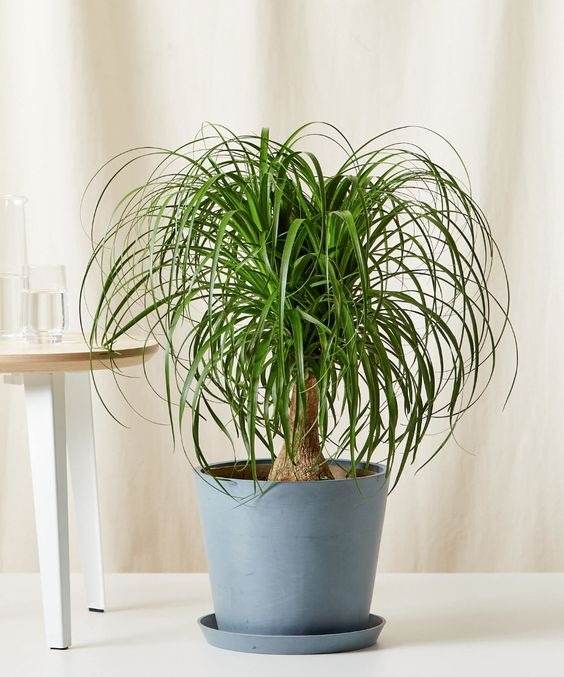
An indoor ponytail palm is a type of succulent plant that has a bulbous base and long, thin leaves that resemble a ponytail. They are easy to care for and require minimal maintenance.
#8. Rubber Plant
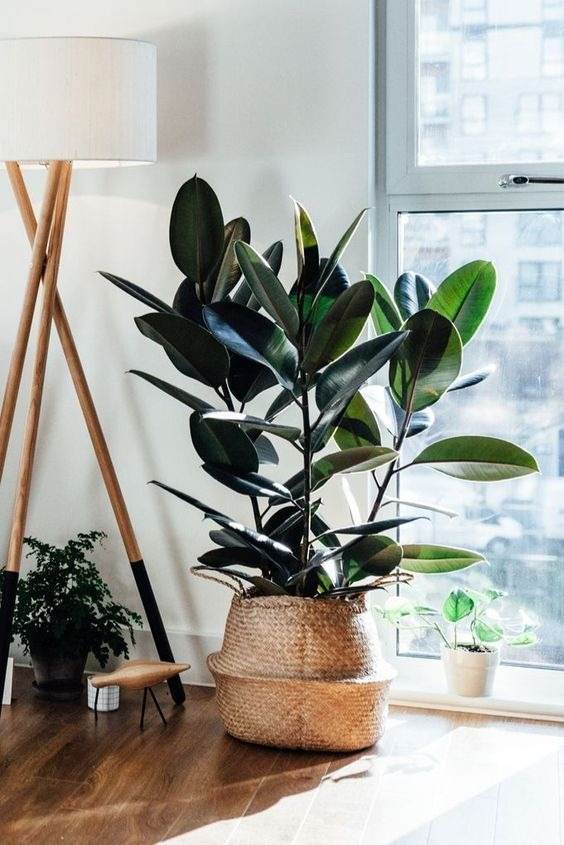
Rubber plant can grow well in low light conditions, but it prefers bright indirect light for optimal growth and health. The best location for your rubber plant is near an east or west-facing window, where it can receive bright but filtered light for several hours a day.
#9. Spineless Yucca
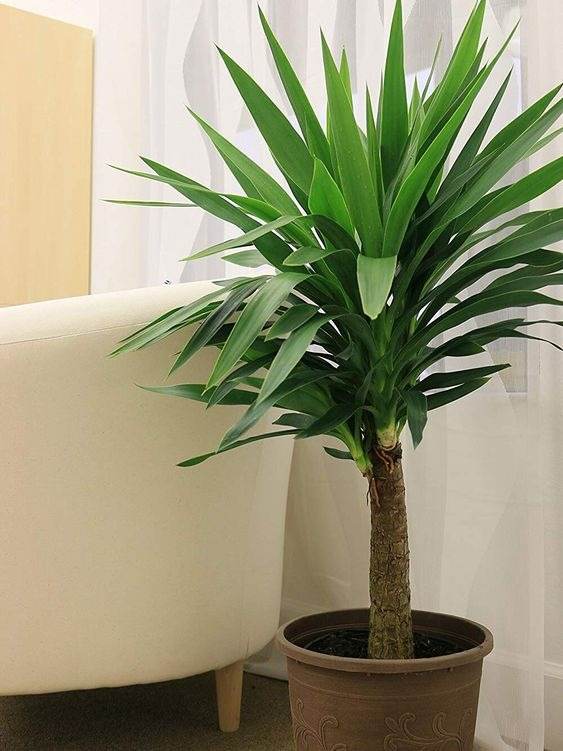
Spineless yucca is a type of succulent plant that has a thick, woody stem and long, sword-like leaves. It needs plenty of sunlight to thrive but can grow well in bright, indirect sunlight and also adapt to lower light conditions.
#10. ZZ Plant
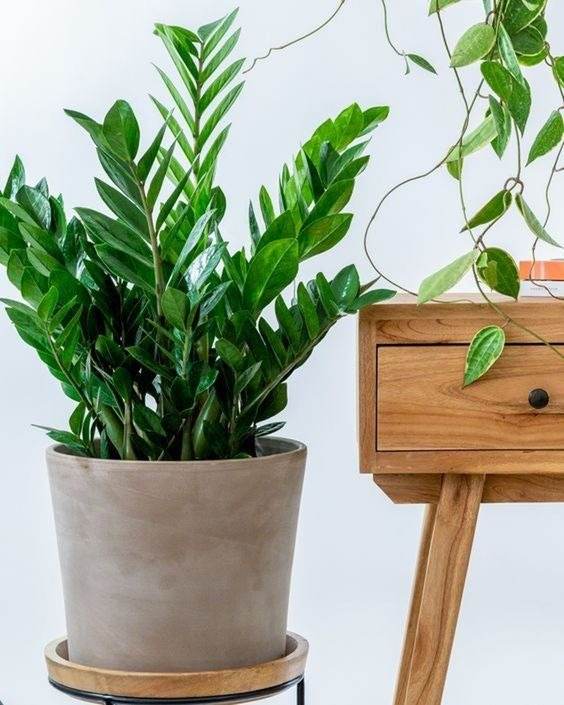
The best place for your zz plant is near a window that receives bright but not direct sunlight. You can also use a sheer curtain or a blind to diffuse the light and protect your plant from sunburn.
#11. Bird of Paradise
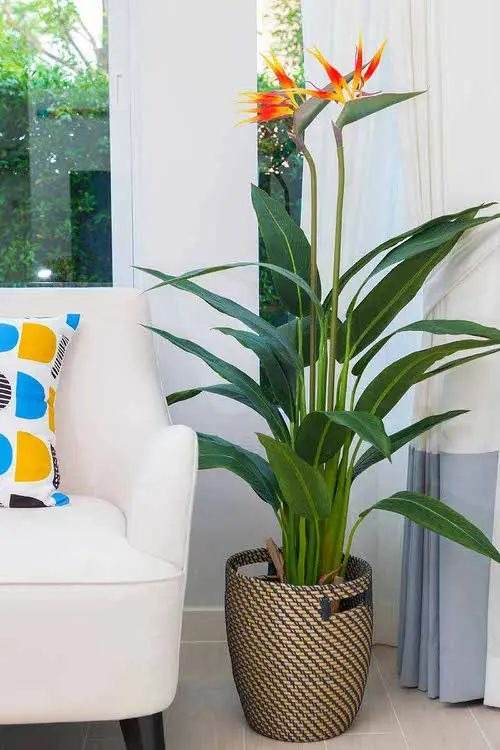
Indoor bird of paradise plants are a type of tropical plant that have large, glossy leaves that resemble banana leaves. They prefer bright light, including some direct sun, but they can also adapt to lower light conditions.
#12. Chinese Evergreen
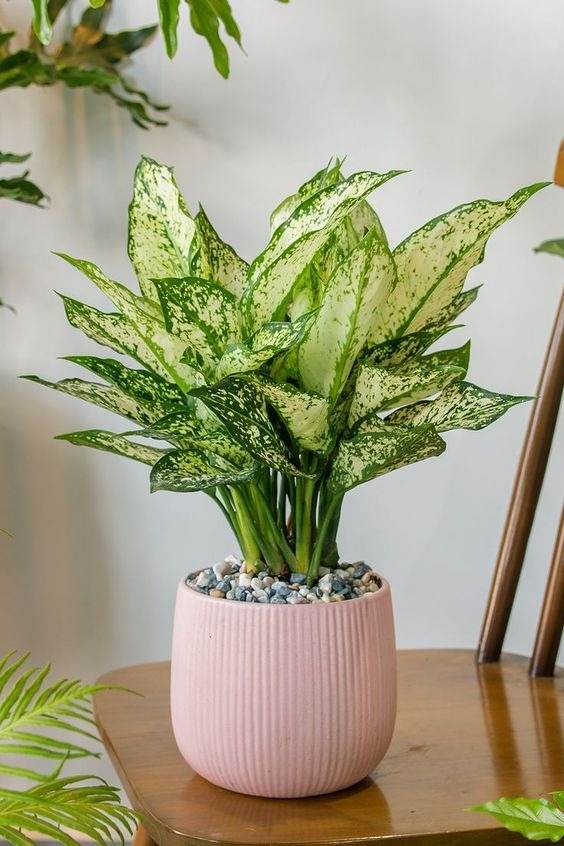
With its colorful and patterned leaves, this plant is well-suited for low-light environments. If your Chinese evergreen plant is happy with the light level, it will have glossy, dark green leaves with a reddish midrib.
#13. Cast Iron Plant
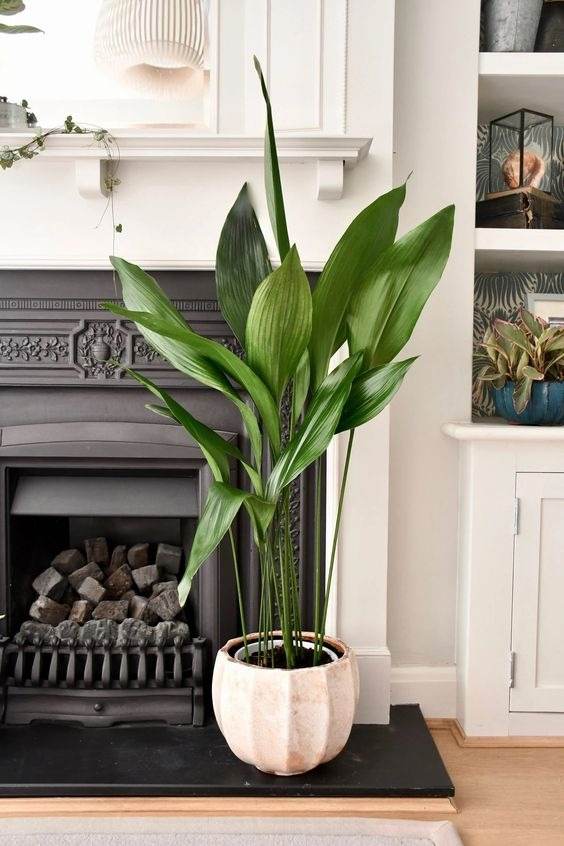
Its dark green, leathery leaves are incredibly durable and can thrive in low light. They can reach up to 2 feet long and 4 inches wide.
#14. Japanese Aralia
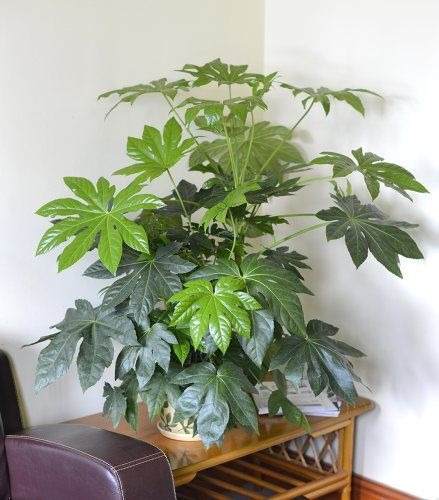
Japanese Aralia has large, glossy leaves which give it a lush and tropical appearance. It can grow up to 15 feet tall and 10 feet wide, but it can be kept smaller in containers or by pruning. Japanese aralia is tolerant of low to medium light, which makes it ideal for shady areas where many other plants would struggle.
#15. Umbrella Tree
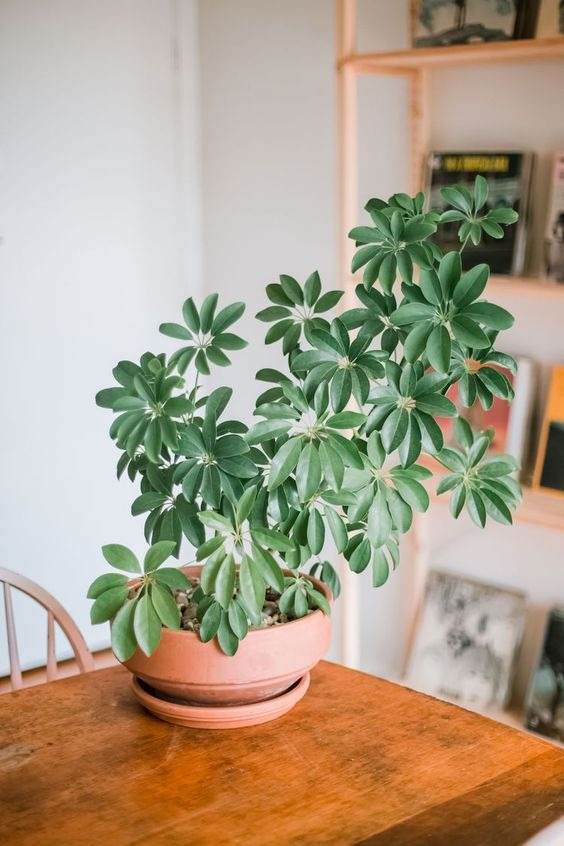
Umbrella trees have compound leaves that radiate from a central point, resembling an umbrella. It can survive in low light conditions, but it will not thrive as well as in bright indirect light.
#16. Aluminum Plant
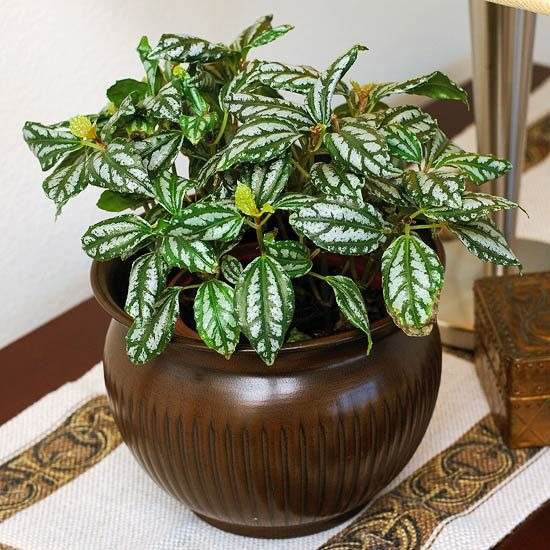
Its leaves are marked with silver stripes, adding a unique touch to low-light spaces. Aluminum plant can be grown in a pot or in a closed terrarium.
#17. Croton
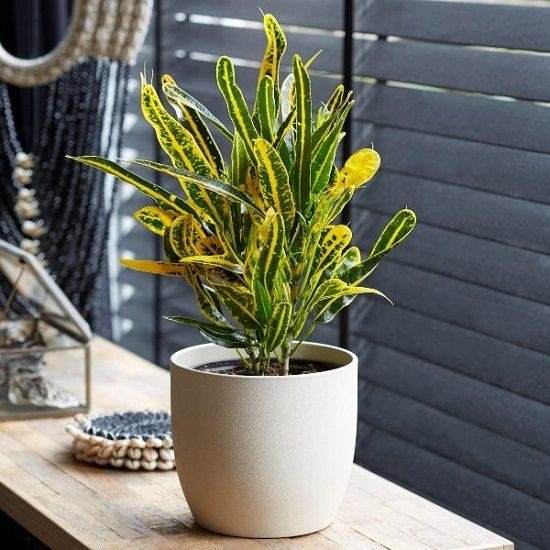
While not a tree, its vibrant, colorful leaves make it a striking choice for low-light spaces. If you want to grow croton plants indoors, you should place them near a window that receives at least 6 hours of bright but filtered light per day.
Are you ready to transform those dimly lit corners of your home into thriving green spaces? Start your journey today, watch as your indoor oasis thrives and share with us your little lush corners.
